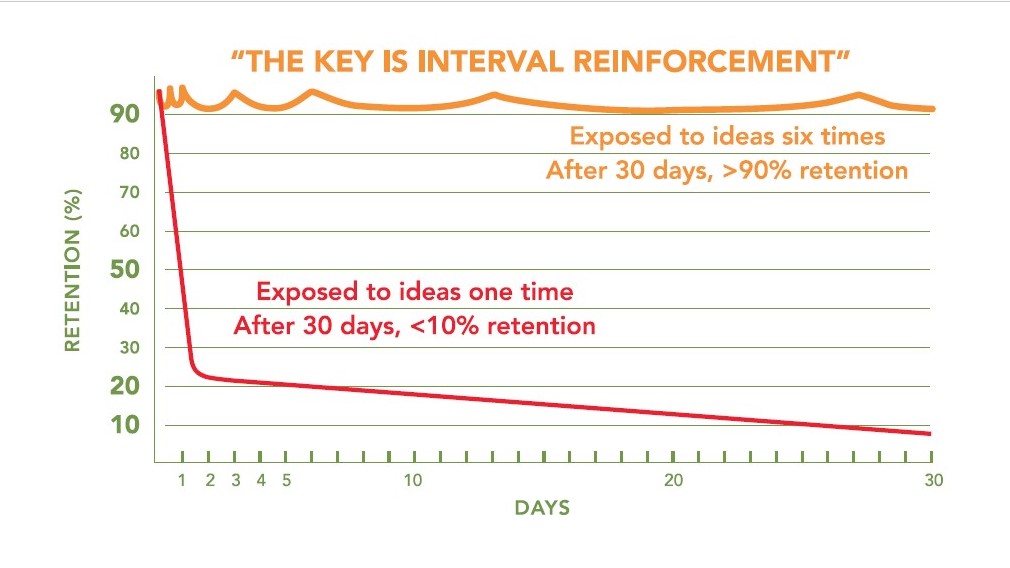In my blog ‘Want Productive and Engaged Staff? Treat them Like Adults – Part 2‘ I talked about leadership development being both an art and a science. After coaching leaders for many years, I have found it is more art than science. Being a leader is complex and leadership development needs to be equally complex. Managing people is messy. They are mercurial, unpredictable, challenging and unique. Yet our leadership programs are often predictable, methodical, and ‘one-size-fits-all’.
I see leadership development as being different from management training. Management training is about building skills and knowledge for operational effectiveness: how do I manage a budget, how do I roster staff effectively, etc. Leadership development is about building relationships, shaping culture and managing change.
I have coordinated, sat through and even ran numerous ‘leadership development programs’. I’ve sat in the classroom, listened attentively and with an open mind, taken copious notes and made lists of things that I will do differently. In almost every case, both I and my fellow ‘classmates’ failed to apply anything that we learnt.
There are two main reasons why this approach fails. Firstly, leadership development is not a linear process, where you learn a skill and then use that skill. Leadership development is about changing the behavior of the leader. We all know that changing behavior takes time and focus, yet our programs often expect our leaders to change 5, 10 or even 15 things all at once.
Secondly, a class-room based approach doesn’t take into account our different learning styles and our need to have a new behavior repeatedly reinforced and practiced. In 1939 H.F. Spitzer conducted a prominent study on memory retention. He showed that when information was taught (class-room style), but unsupported, employees forgot 80% of what they learn within 30 days. He also showed that if the learning was reinforced six times within those 30 days, there was 90% retention.
Source: https://mohrretail.com/wp-content/uploads/2016/12/17muscles_7CausesofKnowledgeGaps_VR1R7.pdf
What does this mean for our leadership programs? Class-room style training, might be easy to administer and budget for, but you sacrifice effectiveness for efficiency. We need to create a continuous learning environment. One where a variety of resources are ready and available when our leaders need them and in a format that suits them. When the learning is employee led, the leader will have a greater desire to learn, they identify the gap, they can see the relevance and they take responsibility for their learning.
I believe leadership development comes down to two things: confidence and trustworthiness. Both rely on significant levels of self-awareness and reflection.
Building Confidence
You can’t teach leadership without building confidence first. Without confidence, true leadership can never exist. We need to build a leader’s confidence so that they can stop worrying about doing or saying the wrong thing and feel equipped to act. Building confidence comes from knowing our strengths and weaknesses, increasing our knowledge and practice, practice, practice.
Trustworthiness
When a leader is trustworthy, they inspire others to follow them. To build trust our leaders need to show humility. Humility does not mean being meek, weak and indecisive. Humility means owning our failures, admitting our weaknesses, knowing our blind spots, sharing credit with others and setting up successors for even more greatness than we achieve. Humble leaders are self-reflective, teachable and open to the ideas and opinions of others. Jim Collins, author of Good to Great, describes the humble leader as ‘someone who doesn’t define themselves by money, fame, or power. They define themselves by impact, contribution, and purpose’.
What should your leadership development program look like? Whether you are assessing a provider or creating your own program, make sure your program includes:
- Tools that help your leaders to understand their strengths, weaknesses, learning style and leadership style/traits.
- Genuine individualised conversations, which grows that self-awareness and defines their individual development plan. What areas should they focus on first, what skills/behaviours do they need to develop, what behaviours do they need to grow or change, what people/skills do they need to surround themself with, etc
- An employee led development program, which may include any combination of the following (remembering to expose them to the new skill/behavior multiple times and, where possible, in multiple ways):
- Job rotation
- On-the-job learning (trial and error)
- Asking a colleague
- Work with a role model
- Webinars
- Podcasts
- Work on a project team
- Action learning
- Reading
- Coaching or mentoring
- Online training
- Classroom training
- Seminars
- Networking
- Volunteering
- Recognition and reward of their learning and growth
Claire Huntington has over 15 years’ experience in senior and executive level human resource management and strategic leadership positions. Claire learnt HR under the wings of great mentors and through trial and error. She has a very practical hands-on approach to HR and management, and isn’t afraid to look outside the box. Claire is also mum to three primary-school aged firecrackers and is an avid photographer in her spare time.


